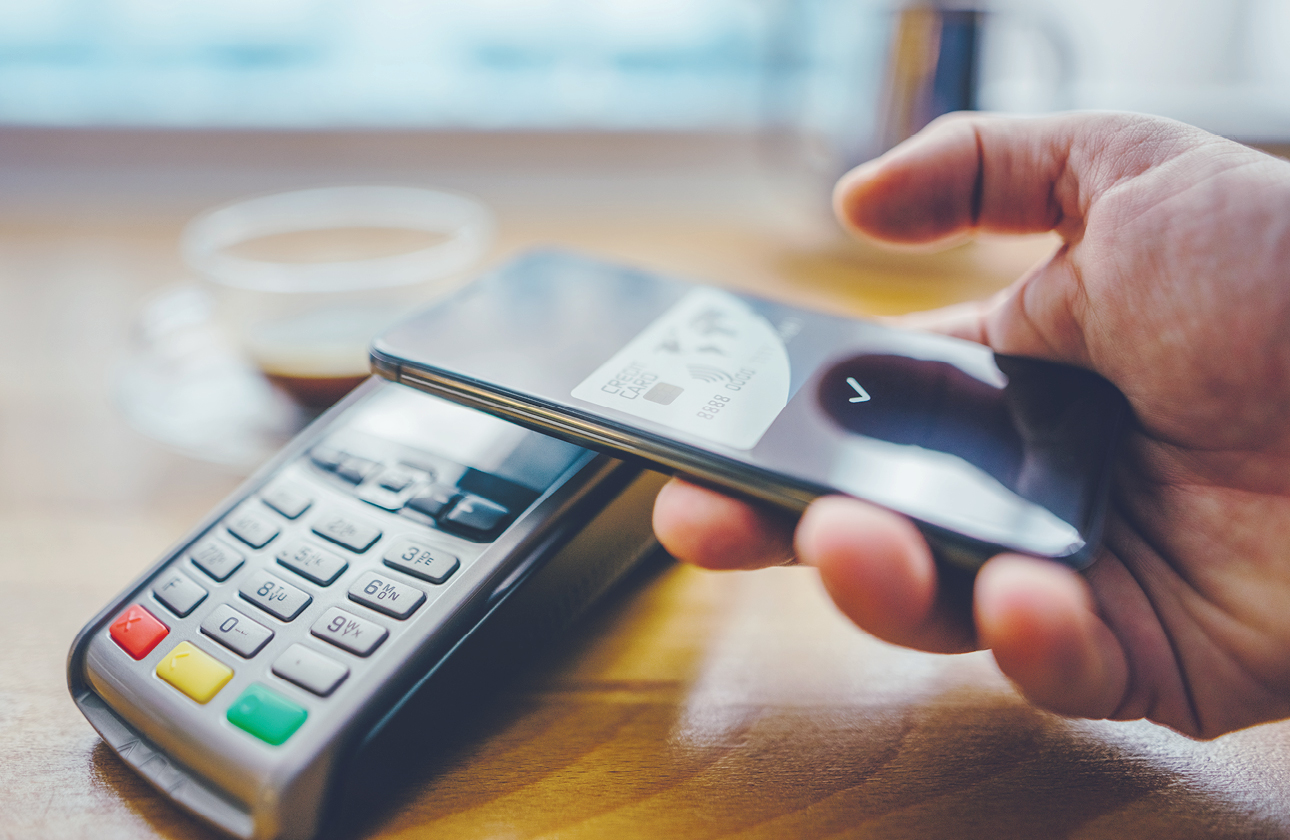September 16, 2020 | 5 min read
What are virtual card payments, and how are they used?



Like many goods in our increasingly digital world, a virtual card is a payment card that exists solely in electronic form. It consists of a unique 16-digit number that is provided to a cardholder by an issuing bank, often in conjunction with an issuer processor like Marqeta. Although commonly associated with online payments, virtual cards can be used for any purchase — just like a physical card.
Early Adopters of Virtual Payment Cards
Orbiscom, an Irish payment solutions company, first brought to market the technology that enabled the use of virtual cards in the late 1990s. Orbiscom’s customers included companies like MBNA, AIB, Carte Bleue, Swedbank, Credit Lyonnais, and Nippon Shinpan. Early virtual cards were intended as a consumer product and an answer to escalating online fraud. By paying with a disposable virtual card that was restricted to a single use, shoppers could protect themselves from unauthorized charges to their accounts because their primary account number (PAN) was no longer at risk of being stolen and misused.
Early attempts to position the first-generation virtual cards as a consumer product faltered as other security measures proved easier to use. Instead, virtual cards were primarily adopted by the business-to-business (B2B) travel industry and by the trucking industry as an answer to the shortcomings of existing payment solutions, which were slow, expensive, and prone to downtime. The limitations of these existing solutions also made reconciliation laborious.
For the travel industry, virtual cards were particularly useful for international bookings. They began replacing checks and wire transfers, which were vulnerable to fraud. Virtual cards also enabled streamlined invoicing and reduced the cost of international transactions. The trucking industry turned to virtual cards as a complement to physical fleet cards and an alternative to ACH payments. They were easier to implement than ACH and more secure. With a virtual card, a fleet manager could make a virtual payment to any company that accepted traditional payment cards like Mastercard and Visa.
Use Cases for Virtual Cards Expanding
Virtual card payments began to expand into other industries with the introduction of modern card issuing and processing platforms. Marqeta’s open API platform, which was launched in 2014, enabled virtual cards with Just-in-Time (JIT) Funding, dynamic spend controls, instant issuance, and push-to-card features. By connecting with Marqeta’s APIs, developers could create advanced payment solutions that reflected the unique needs of their companies. For the first time, the owner of a card program could apply business logic at the point of sale. This meant they could authorize or decline transactions as they occurred by programmatically evaluating them in real time.
On-demand delivery services benefit from JIT Funding
On-demand delivery companies were the first to realize the benefits of JIT Funding. Instead of geofencing the payment cards they provided to their couriers, the companies were able to control spend on a transaction-by-transaction basis. This reduced fraud and increased operational efficiency. The companies were no longer required to prefund cards weeks in advance, and they could also onboard new employees faster. Rather than wait for plastic cards to be manufactured and shipped, a company could instantly issue a tokenized virtual card to the digital wallet on a courier’s smartphone or smartwatch.
The instantly issued virtual cards sped up the checkout process. Paying for groceries or picking up a meal at a restaurant became a simple matter of holding an authenticated device in proximity to a contactless card reader. In an age of deadly coronaviruses, this also helped increase worker safety.
Insurance claims and other disbursements are paid faster
As the insurance industry built payment solutions on top of modern card issuing platforms, companies moved away from paper checks. This accelerated claims payments for a better customer experience. Sending a check through the mail could take five to seven days, and ACH payments typically took two to three days. But a virtual card payment could be made in an instant.
By transitioning to virtual card payments, insurance companies realized savings on labor costs; materials, supplies, and postage; and processing fees. They also minimized their exposure to fraud. According to the 2019 AFP Payments Fraud and Control Survey, checks are the most commonly targeted form of payment. Seventy percent of organizations responding to the survey said they had experienced check fraud, making virtual cards an attractive alternative.
Virtual cards were also flexible. Any disbursement, including the stimulus payments provided by the Coronavirus Aid, Relief, and Economic Security (CARES) Act, could be delivered via a virtual card payment.
Expense management and accounts payable solutions offer visibility and control
Widespread reliance on manual processes has historically thwarted efforts to achieve tighter control over operational expenses. For decades, companies struggled to predict and manage fluctuating travel and expense (T&E) costs and maintain compliance with internal policies. In recent years, the transition to automated expense management has eliminated pain points associated with gathering data, reconciling and processing approvals, and identifying policy violations.
Virtual card payments play a key role in automated expense management and accounts payable systems. Using payment solutions powered by modern card issuing platforms like Marqeta, companies can easily create and issue virtual payment cards with customized controls and use them for online payments. These cards can be designed for one-time use, or the rules governing their usage can be adjusted in real time. Increasing adoption of digital wallets is also spurring companies to issue virtual expense cards to employees in lieu of plastic cards.
Point-of-sale and alternative lending solutions streamline merchant acquisition
Installment or pay later solutions that offered consumer financing as part of the checkout process have traditionally required merchants to undergo cumbersome setup processes. The loan application process experienced by the customer was often equally complex. In contrast, virtual cards created through modern card issuing platforms allowed financing to be easily integrated into the checkout flow. Multiple lenders now offer point-of-sale financing through a mobile app. The application process is simplified, and funds are delivered to digital wallets via instantly issued virtual cards.
Expanded use cases drive growth
In 2021, Credit Suisse forecasts virtual card payments to reach $286 billion in volume. Since the launch of the first modern card issuing and processing platform, the compound annual growth rate of virtual cards has reached 19%, according to the bank’s equity research arm. This rate is between double and triple the underlying growth rate of the payment industry. Looking ahead, the growth of virtual cards is expected to continue, and even accelerate, with the spread of payment innovation and the growth of new use cases.
